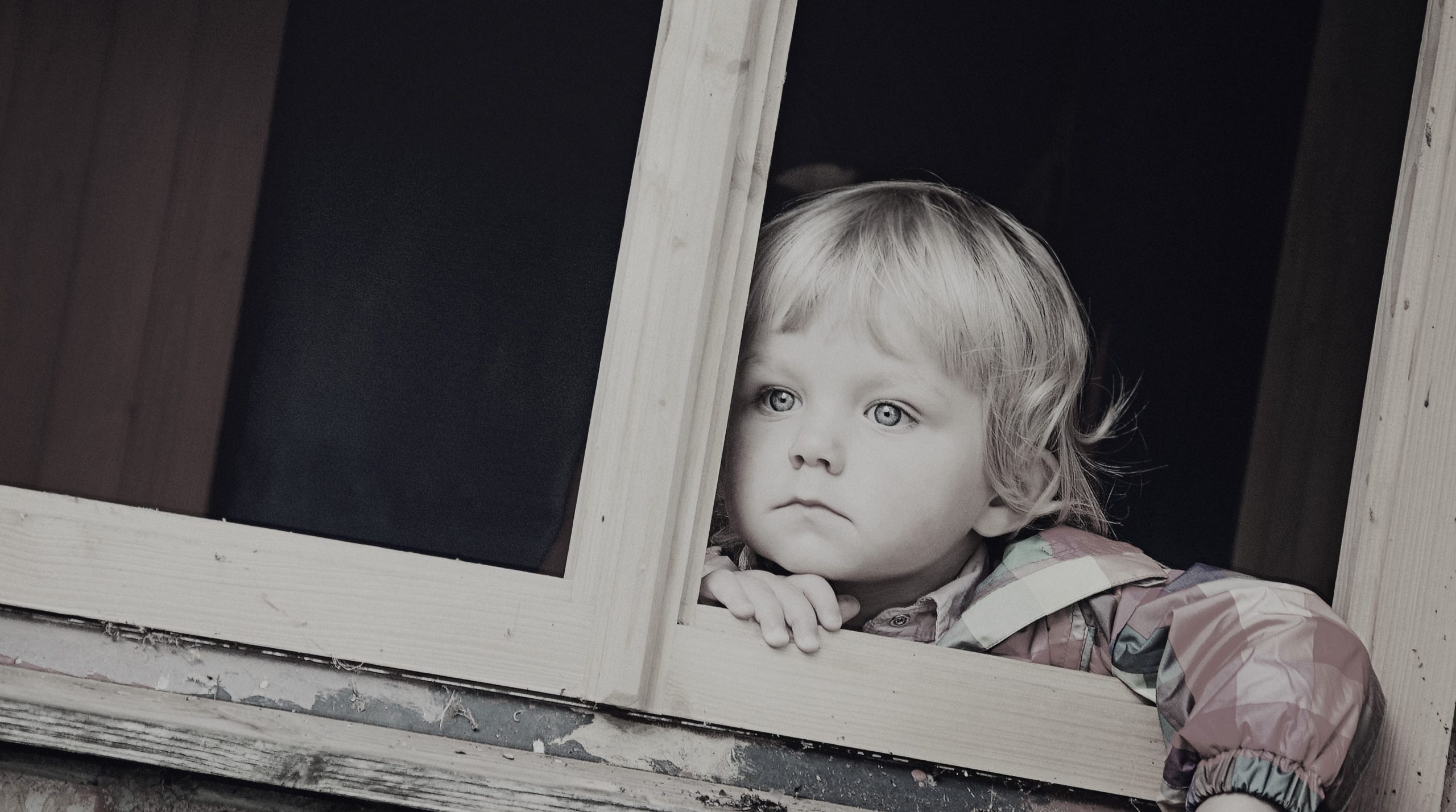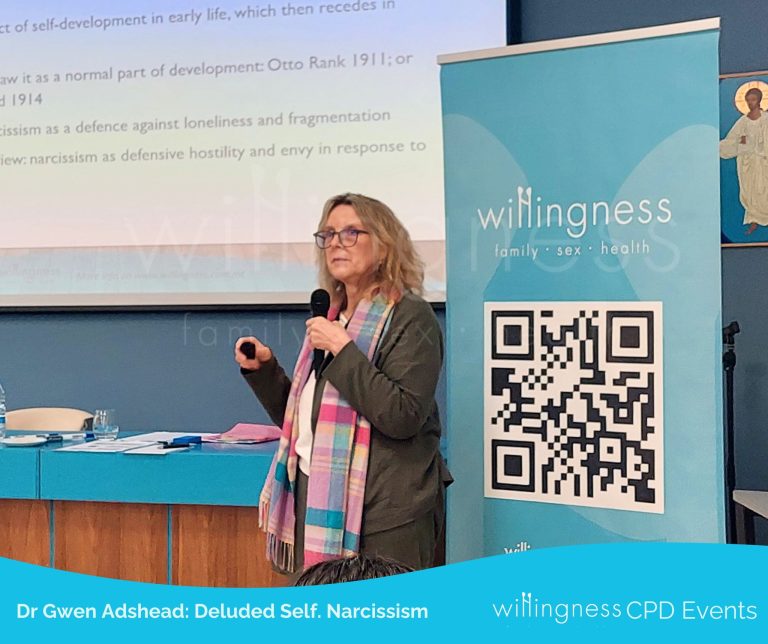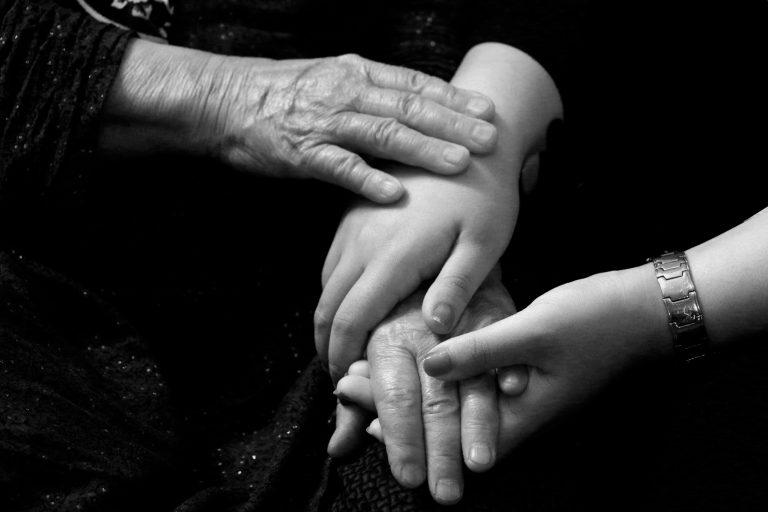How Is Complex PTSD Different from PTSD?
Firstly, many people understand PTSD as a condition developing after experiencing a single, overwhelming, or life-threatening traumatic event. Secondly, there is another form of trauma response, Complex PTSD, which emerges from prolonged or repeated exposure to traumatic circumstances. Finally, awareness of CPTSD remains limited despite its significant impact on mental health, emotional wellbeing, and daily functioning worldwide.
Key Differences Between PTSD and Complex Trauma
Typically, PTSD develops following a single traumatic incident such as a severe accident, assault, or natural disaster. Conversely, Complex PTSD arises from prolonged or repeated trauma, particularly when escape feels impossible or entirely beyond one’s control. Moreover, individuals from emotionally or physically abusive households often experience the long-term effects associated with Complex PTSD symptoms. Similarly, growing up in unsafe environments or enduring chronic neglect can significantly increase vulnerability to lasting emotional and psychological distress.
Deeper Challenges Beyond Standard PTSD Symptoms
Although PTSD and Complex PTSD share symptoms such as reliving trauma, avoiding reminders, and feeling persistently anxious or unsafe. Furthermore, Complex PTSD presents additional challenges involving identity, emotional regulation, and interpersonal relationships beyond the typical PTSD symptom profile. Consequently, clinicians refer to these added difficulties as “disturbances in self-organisation,” highlighting their deep and pervasive impact on wellbeing.
Mood Changes and Trust Issues in Complex PTSD
Often, individuals with Complex PTSD feel overwhelmed by intense emotions that seem unpredictable and difficult to manage consistently. Additionally, sudden mood changes can arise without warning, making daily interactions and responsibilities more challenging to navigate. Moreover, many hold deep-rooted beliefs such as “I’m broken” or “I’ll never be good enough” from past trauma. Likewise, these beliefs can erode self-esteem and influence decisions in relationships, careers, and personal goals over time. Furthermore, trust issues frequently prevent forming or maintaining safe, supportive, and emotionally fulfilling personal connections with others. Consequently, creating a secure environment becomes essential for fostering healing and rebuilding a sense of safety in close relationships.
Mood Changes Linked to Complex PTSD Experiences
Additionally, some individuals experience a deep disconnection from their surroundings and personal identity. Furthermore, this disconnection can manifest as feeling emotionally numb or physically detached from reality. Likewise, many describe feeling persistently lost and uncertain about their place in life. Moreover, recognising oneself becomes challenging when long-term trauma has shaped self-perception and emotional responses. Similarly, such feelings are often misunderstood as weaknesses rather than natural trauma-related adaptations over time. Consequently, living without consistent emotional or physical safety reinforces these patterns of detachment and internal withdrawal. Therefore, understanding these symptoms is crucial for fostering empathy and effective professional trauma support. Also, acknowledging these adaptations can help reduce shame and encourage seeking therapeutic intervention. Next, learning coping strategies allows individuals to reconnect with themselves and their environments gradually. Finally, with time and support, individuals can rebuild a stronger sense of self and belonging.
The Lasting Impact of Long-Term Emotional Trauma
Consequently, Complex PTSD can significantly disrupt everyday functioning, affecting employment stability, relationships, and personal emotional wellbeing. Moreover, individuals may struggle to maintain friendships or family bonds due to difficulties with trust, communication, and emotional regulation. Likewise, persistent emotional exhaustion can make even simple daily tasks feel overwhelming despite determined and continuous personal effort. Therefore, recognising these challenges early enables proactive steps towards seeking appropriate professional help and building effective coping strategies.
Mood Changes: Understanding Complex PTSD vs PTSD
Additionally, treatment for Complex PTSD often requires extended timeframes due to deeply ingrained emotional and behavioural coping patterns. Furthermore, therapists frequently incorporate EMDR to help individuals process traumatic memories while reducing distressing emotional and physical reactions. Likewise, Trauma-Focused CBT provides structured techniques that challenge unhelpful beliefs and encourage healthier emotional and behavioural responses over time. Moreover, effective treatment often integrates emotional regulation skills training to improve stability and reduce the intensity of mood changes. Similarly, boundary-setting strategies empower individuals to protect their wellbeing and foster safer, more supportive personal relationships. Consequently, rebuilding self-worth becomes a central therapeutic focus, enabling individuals to cultivate resilience and confidence while navigating everyday life successfully.
Final Thoughts on Mood Changes
Ultimately, healing from complex trauma requires patience, commitment, and consistent support while actively engaging with trusted therapeutic interventions over time. Moreover, individuals can gradually rebuild emotional stability, restore self-worth, and develop healthier relationships by applying learned coping strategies in daily life. Therefore, taking the courageous step to seek professional guidance can significantly transform one’s recovery journey and overall long-term wellbeing.
References:
- Beckord, J., Birke, J., Krakowczyk, J. B., Hesse, S., Hinney, A., Dörrie, N., Schneider, J. S., Komlenac, N., Bäuerle, A., & Teufel, M. (2025). PTSD and CPTSD in the new ICD-11 – A latent profile analysis. Psychiatry Research, 344, 116350. https://doi.org/10.1016/j.psychres.2024.116350
- Cloitre, M., Garvert, D. W., Weiss, B., Carlson, E. B., & Bryant, R. A. (2014). Distinguishing PTSD, Complex PTSD, and Borderline Personality Disorder: A latent class analysis. European Journal of Psychotraumatology, 5(1), 25097. https://doi.org/10.3402/ejpt.v5.25097
- Karatzias, T., Shevlin, M., Fyvie, C., Hyland, P., Efthymiadou, E., Wilson, D., Roberts, N., Bisson, J. I., Brewin, C. R., & Cloitre, M. (2017). Evidence of distinct profiles of Post-Traumatic Stress Disorder (PTSD) and Complex Posttraumatic Stress Disorder (CPTSD) based on the new ICD-11 Trauma Questionnaire (ICD-TQ). Journal of Affective Disorders, 207, 181–187. https://doi.org/10.1016/j.jad.2016.09.032
- Nestgaard Rød, Å., & Schmidt, C. (2021). Complex PTSD: what is the clinical utility of the diagnosis? European Journal of Psychotraumatology, 12(1). https://doi.org/10.1080/20008198.2021.2002028
- PTSD UK. (2024). C-PTSD, PDSD and Type 2 PTSD explained – PTSD UK. PTSD UK. https://www.ptsduk.org/what-is-ptsd/complex-ptsd/
- Taylor, S., Asmundson, G. J. G., & Carleton, R. N. (2006). Simple versus complex PTSD: A cluster analytic investigation. Journal of Anxiety Disorders, 20(4), 459–472. https://doi.org/10.1016/j.janxdis.2005.04.003







